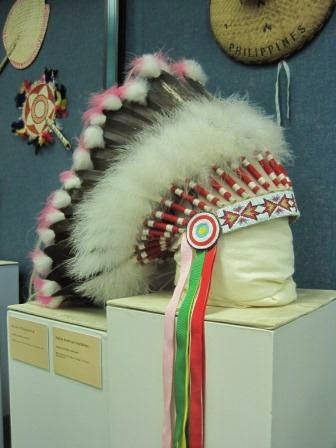Rotorua District Library finally enters the Blogsphere.
Kia ora and welcome to our blog...
Now we’re up and running, our mission is to keep you in touch with our world, sharing views, opinions and ideas on reading, listening and watching. Our world is the world of information, so our team spend their working (and private) lives exploring books, movies, magazines, music, the web and more.
We’ll be sharing our experiences of our world through book reviews, introducing authors who are visiting the Library, showcasing collections that the Library has for you to use and enjoy, and lots more so keep visiting the blog to keep up with what's happening, or better yet sign up to follow us and we'll send you an email each time we post (Only once a week so we won't be sending lots of email's!).
We want your comments on the things we’ve got to say. This is a two-way street, so we want to know what you think about what we do. Feel free to share posts with your friends and family, after all, this library is your library.





